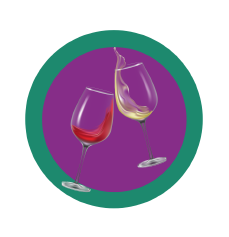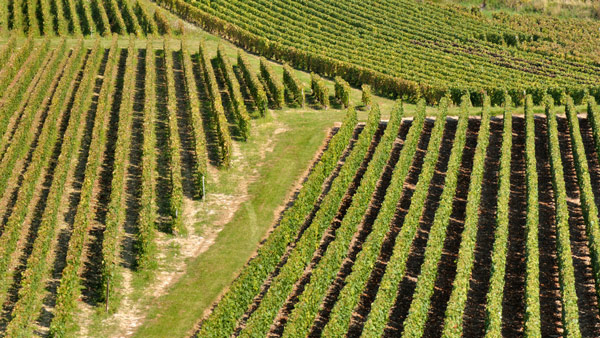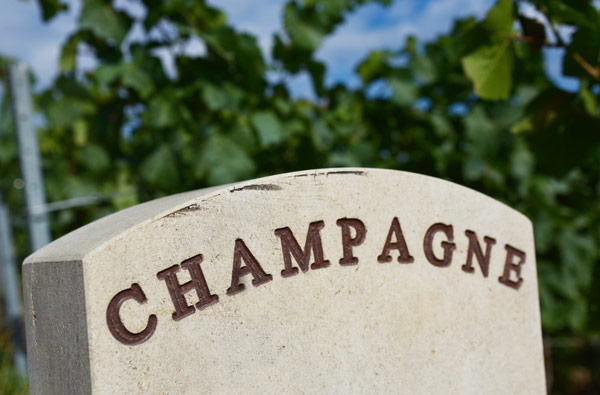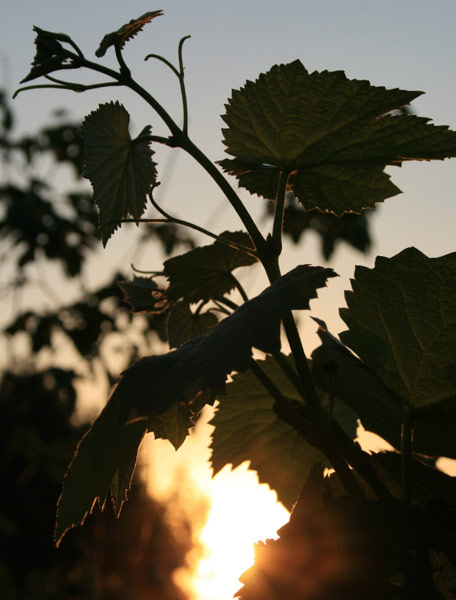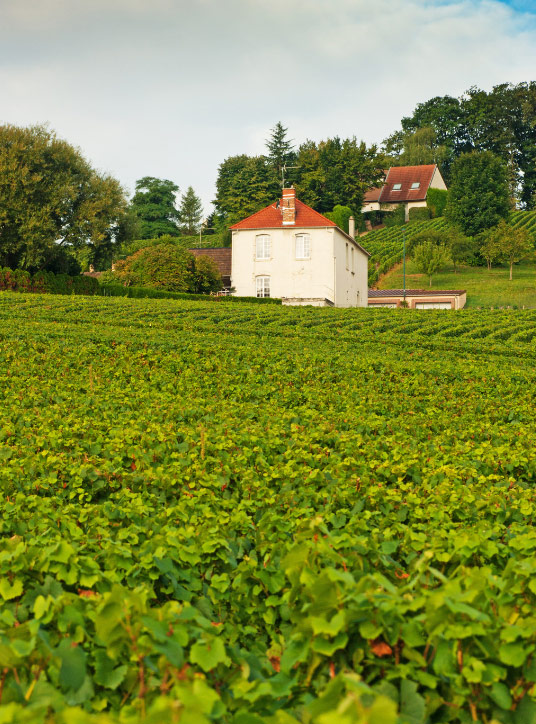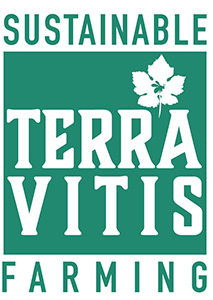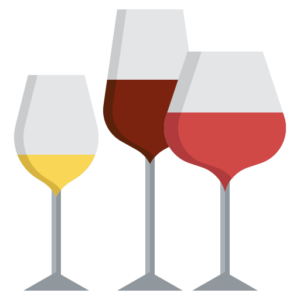Although sparkling wines are produced worldwide, only those from the Champagne appellations can legally bear the name champagne. The region’s sparkling wines are often blends made from Pinot Noir, Pinot Meunier and Chardonnay. Champagne’s effervescence arises from a specific, natural vinification method: the méthode champenoise. The bubbles are created during a second fermentation in the bottle – there is no addition of carbon dioxide.
There are different types of champagne, depending on the grape varieties used and in what proportion. The types include:
- Tradition, which is made by blending the three grape varieties and whose aromatic bouquet varies depending on the champagne house that produces it
- Blanc de Blancs, which is made exclusively with white grapes, in this case, Chardonnay, renowned for its subtlety and elegance
- Blanc de Noirs, which is white wine made from black grapes, in this case Pinot Noir and/or Pinot Meunier, making it more powerful and aromatic
- Rosé, which is either a blend of white and red wine, or a maceration in which the juice is briefly left to macerate with the skin of red grapes. In either case, this results in a fresh and fruity flavour profile with berry notes.
Champagnes can be extra-brut, brut, dry, semi-dry or sweet, depending on the sugar content and vintage. One of the unique characteristics of the Champagne wine region is that most champagnes are blends from different years and so are undated; vintage champagnes issuing from a single year are only made when a harvest is considered exceptional, so these are prestigious champagnes of great character and quality.
